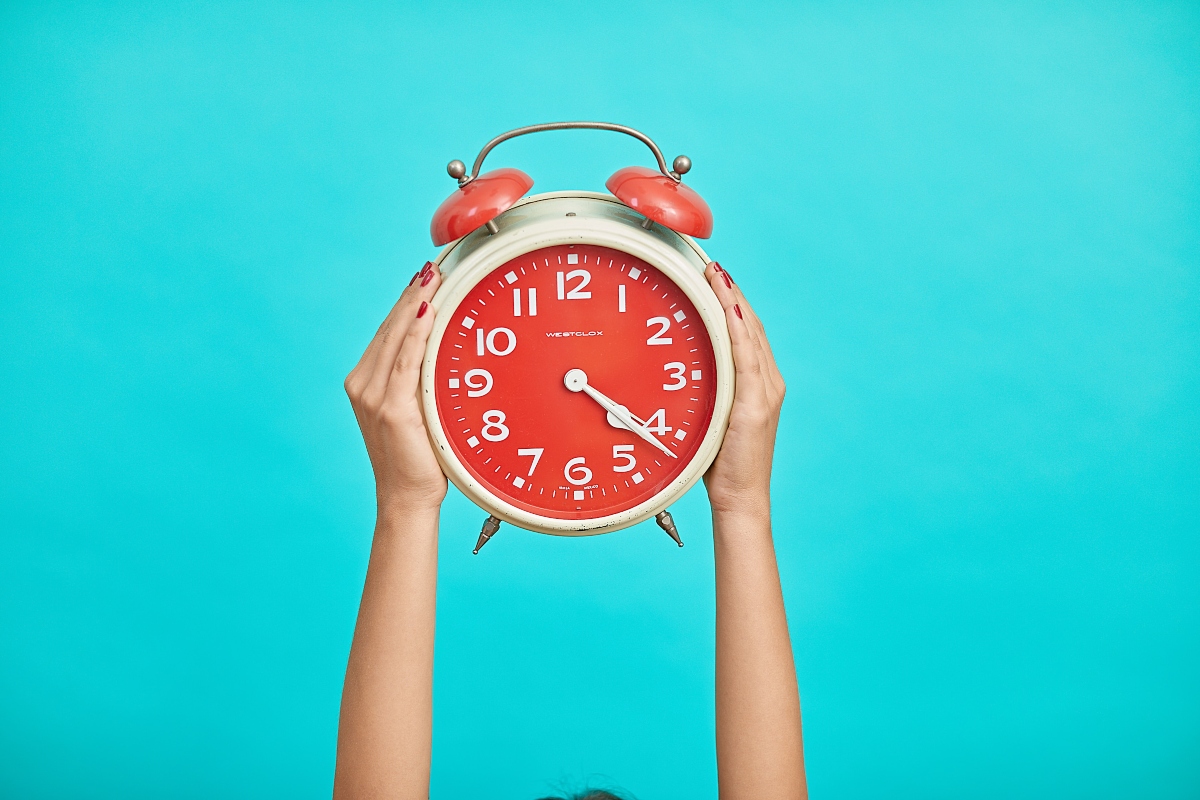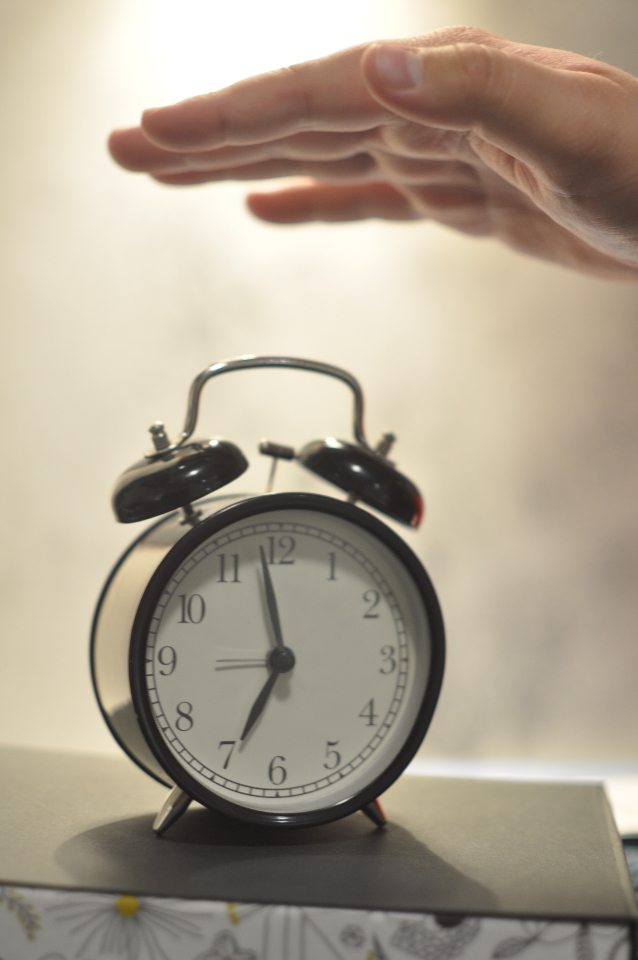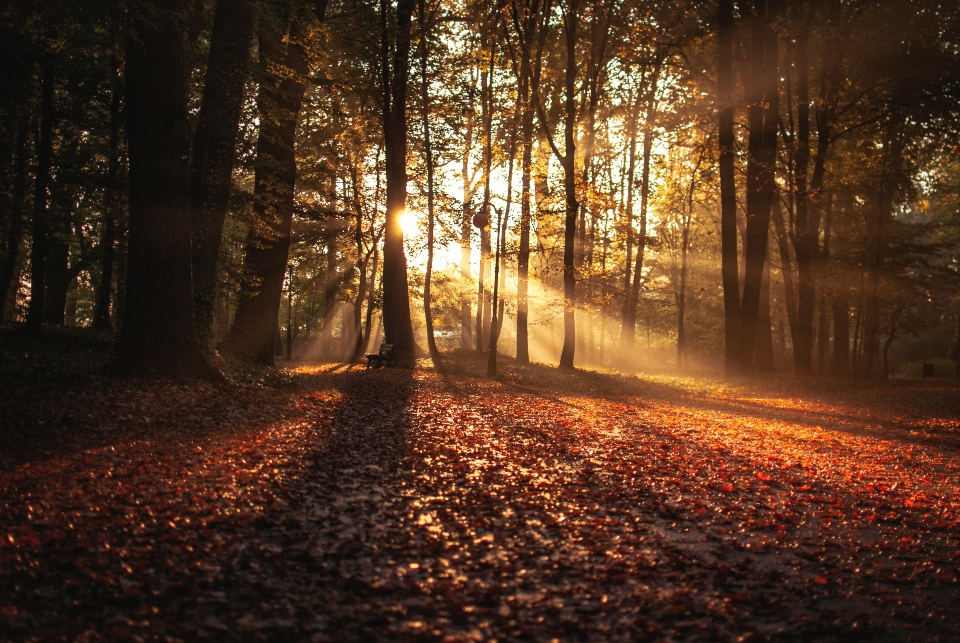Should we abolish Daylight Saving Time altogether and follow the moon and stars instead?
Are you like me and have always dreaded the Spring forward sleep deprivation that occurs every March? Just when the sunrise begins to naturally sooth me out of slumber, Daylight Saving Time (DST), comes along and smashes my internal clock! We are not alone. Careful scientific studies back up that DST induces shattered feelings of jagged nerves and mental fog.
We know that:
- DST leads to disruptions in sleep patterns for hundreds of millions of people.
- The time change impacts the body’s circadian rhythms and can exacerbate underlying health conditions.
- Studies show an increase in heart attacks and strokes in the days after DST begins.
- The risk of fatal car crashes increases 6% after the DST change, likely due to sleep deprivation.
- Effects on sleep can exacerbate conditions like diabetes, high blood pressure, and obesity.
- Daylight saving time impacts the body’s production of serotonin, a mood-regulating hormone.
- In response to disrupted circadian rhythms, the incidence of depression increases after DST begins.
- The spring DST transition in the US is associated with a 6.25% increase in suicide rate and a 6.59% increase in deaths from suicide and substance abuse combined.
- Disruptions in the sleep-wake cycle can worsen symptoms for people with both unipolar and bipolar disorders.
And if all of this were not enough, the Spring forward transition just plain makes me feel like crap!
In fact, the position statement[1] from the American Academy of Sleep Medicine concludes that the acute transition from standard time to DST is associated with significant public health and safety risks, including cardiovascular events, mood disorders, and motor vehicle crashes. They argue the evidence supports abolishing seasonal time changes in favor of year-round standard time. They call for the elimination of DST due to public health concerns, and we could not agree more.
But alas, while we are still being forced to shatter our internal clocks, lawmakers in Oregon, Washington and California have been stalemated in their efforts towards abolishing DST. So, until we abolish DST, here are tips to help you charge through the change:
Sleep is key
Sleep helps our brain work optimally, helps us control our weight and even our emotions. It’s while we’re asleep that our body repairs itself, proof that sleep is vital for healing.
Here are our antidotes to the toxic effects of DST and to help your body adapt to the hour shift in time:
- On Friday night before the time change, go to bed and awaken the next morning about 30 minutes earlier than usual. This will make it easier to adjust to the full hour change in time on Sunday.
- Saturday night before the time change, go to bed an hour earlier than normal.
- You may be tempted to sleep in on Sunday morning. Don’t! Get your normal amount of sleep so you can stay on track for the coming week.
- Low-dose Melatonin supplementation in the evenings may aid sleep onset after the time change.
Before bed do’s and don’ts
Do: Drink some Chamomile tea and read a relaxing book.
Don’t: View any blue-screened devices (all electronics and television),
Don’t: drink caffeine after 9 AM or
Don’t: drink alcohol or take a “sleep aid”
According to Dr. Alon Y. Avidan, director of the UCLA Sleep Disorders Center, you should do everything you possibly can to stick to your normal sleep schedule. Be extra vigilant about going to bed early enough to get a good night’s rest. Within just a few days after the time change, you’ll adapt and feel back on track.
The importance of light during daylight saving time
The sun is one of the biggest influences on our bodies and minds. It informs us when to wake up and when to go to sleep.
How to use light to your advantage during the transition:
- Get some extra midday sun right before and after the time change.
- Douse all light sources in your sleeping room, including all the little LEDs, and replace nightlights with indirect red lights.
- Use a “dawn simulator” either in addition to or in place of an alarm clock. You’ll be amazed at how natural it feels to wake up to gradually increasing light that mimics a sunrise.
- As soon as you are awake, gradually brighten the lights to help you fully awaken. Avoid turning all the lights on at once.
- Get as much natural light during the day as possible.
- At night, avoid using electronic devices or watching TV too close to bedtime. The blue light from the screens and from fluorescent bulbs and LED lights can delay the release of melatonin and can even reset your body’s internal clock.
Exercise is a must, now more than ever
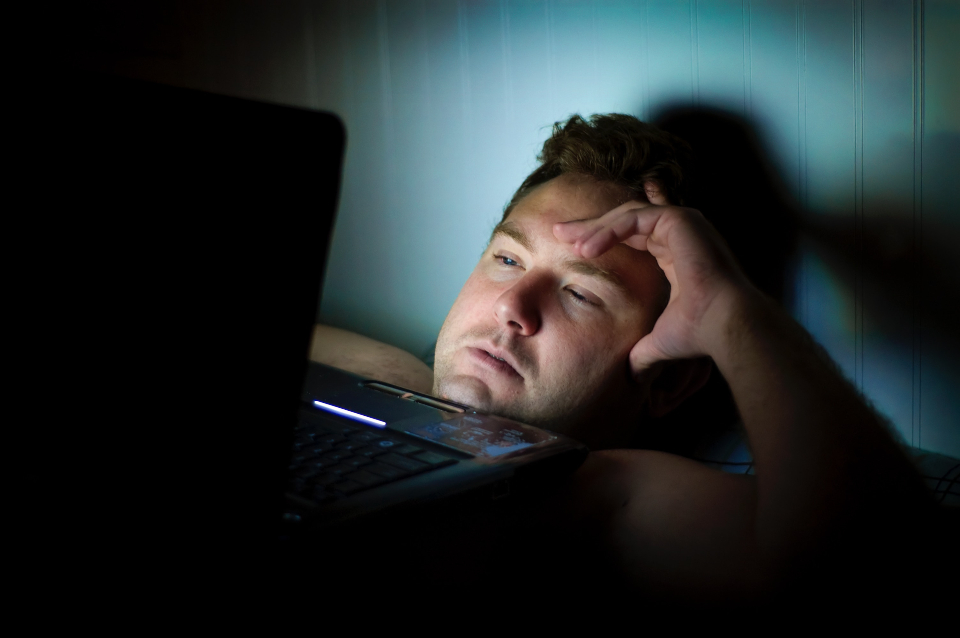
Regular exercise, especially in the morning, will help you more easily adjust to the time change.
- Ideally, get in your physical activity within 30 minutes of getting out of bed. The extra warmth generated from exercising will help your body to awaken.
- If you find you’re unable exercise first thing, just make sure not to exercise too close to bedtime.
- Don’t skimp on exercising. It really is a necessity.
Nutrition
- If you knew you shouldn’t be eating sugar before, you sure don’t want to eat it now. The quick rush followed by the onslaught of lethargy and sleepiness will be even worse with the time change.
- During the period surrounding daylight saving time adjustments, maintain consistent meal times or consider having your meals slightly earlier. Facilitate a smoother transition by gradually shifting your mealtime forward by 15 minutes over the course of several consecutive days. Remember, our sleep cycles and eating habits influence one another, so avoid excessive overeating during this period.
Daylight saving time is obviously not natural. Even though it can wreak havoc on our health, we can minimize the effects by optimizing our sleep, light exposure, exercise and diet.
It’s also important to be extra careful while driving during the first week or so after the time change. Use caution especially while doing any activity in which you could get hurt. And don’t forget to wear bright-colored clothing at night so you’re easily visible to drivers.
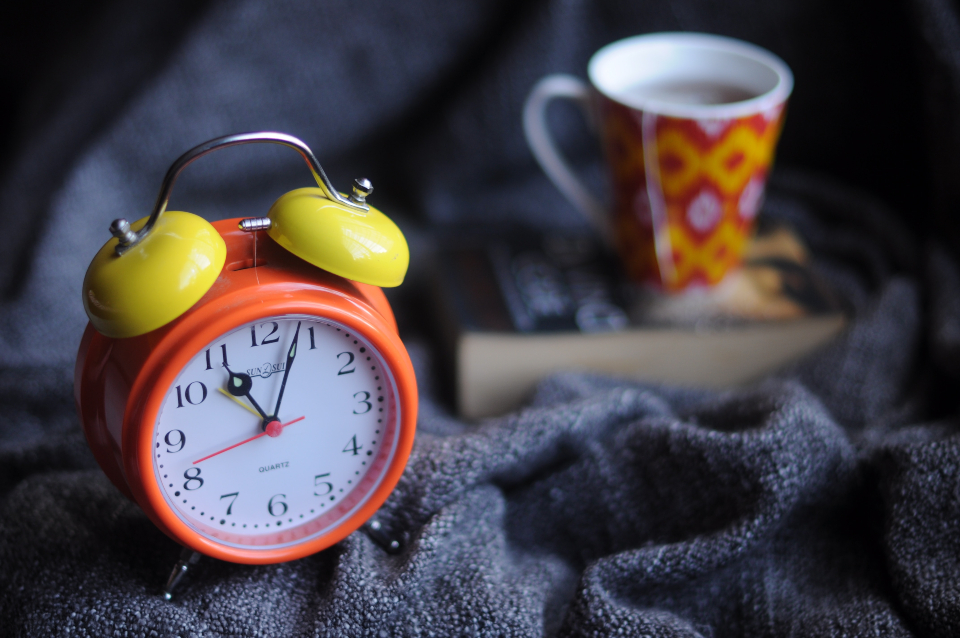
We can always dream of the day when we won’t have to keep altering our clocks. That is as long as we’ve successfully adjusted our sleep schedule to accommodate this spring’s time change. For now, it’s best to be well prepared to Spring Forward on Sunday, March 10th, at 2am.
Sources
- Daylight saving time: an American Academy of Sleep Medicine position statement. (Journal of clinical sleep medicine : JCSM : official publication of the American Academy of Sleep Medicine, 2020)
- Measurable health effects associated with the daylight saving time shift. (PLoS computational biology, 2020)
- Daylight Saving Time: Pros and Cons. (Sleep medicine clinics, 2021)
- Daylight Savings Time Transitions and the Incidence Rate of Unipolar Depressive Episodes. (Epidemiology (Cambridge, Mass.), 2017)
- Saving light, losing lives: How daylight saving time impacts deaths from suicide and substance abuse. (Health economics, 2022)
- Implications of Sleep Health Policy: Daylight Saving and School Start Times. (Continuum (Minneapolis, Minn.), 2023)
- A Chronobiological Evaluation of the Acute Effects of Daylight Saving Time on Traffic Accident Risk. (Current biology : CB, 2020
Photos by Malvestida Magazine, Maks Styazhkin, Erik Witsoe, Matthew T Rader and Sanah Suvarna on Unsplash


